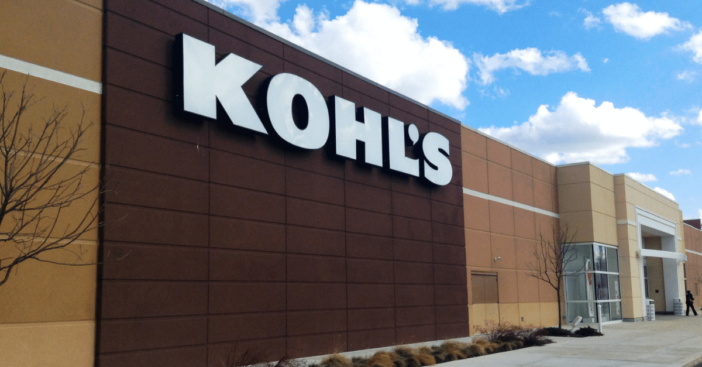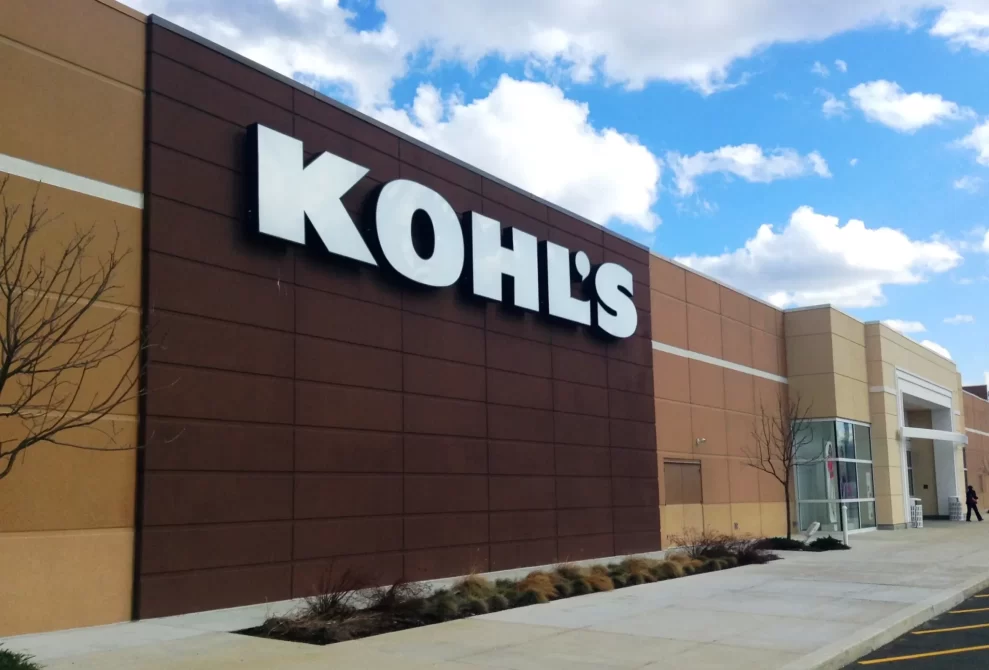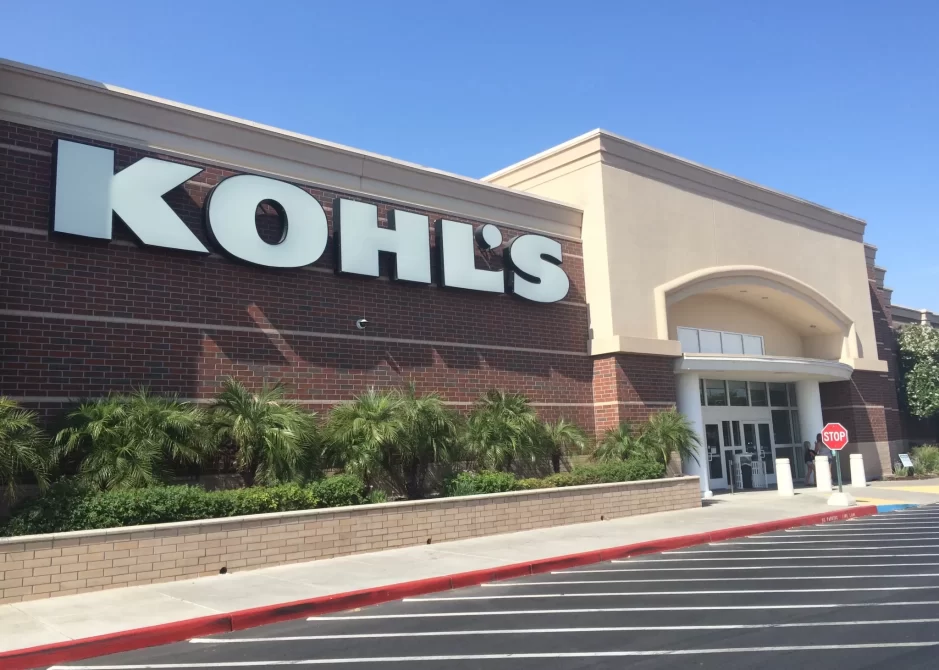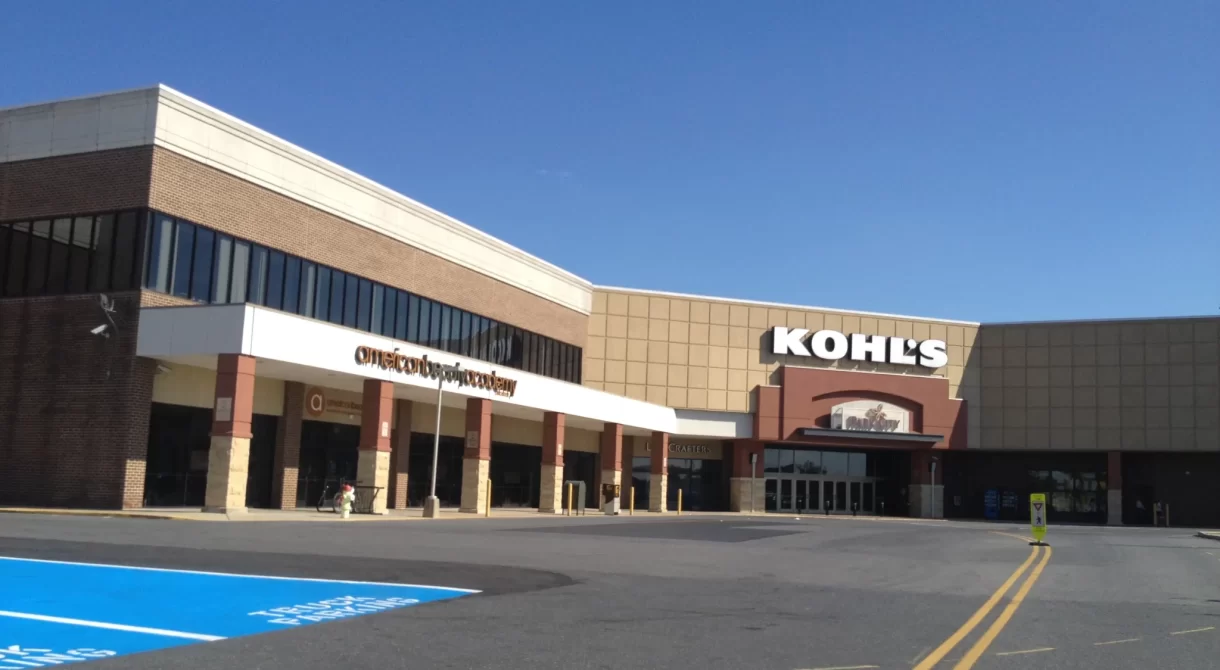
Kohl’s department store chain said it will close 27 of its underperforming stores by April 2025, spread over 15 states in the U.S. The move is part of the company’s overall effort to simplify operations and support its long-term growth strategy in the face of changing consumer habits and a more competitive environment.
CEO Tom Kingsbury highlighted that while the choice was hard, it had to be done in order to secure the long-term welfare of the business. He further clarified that as they continue to work on the long term, there is a very important need to make hard yet necessary choices so as to support the health and long-term business operations on behalf of customers and teams.
Full list of locations affected by Kohl’s closing

The Kohl’s closing announcement includes affected stores in states including California, Texas, Illinois, and New Jersey. California will see the highest number of closures, with locations in San Diego, Mountain View, Napa, and Sacramento, among others shutting down. Other states with multiple closures include Ohio, Virginia, and Pennsylvania.
Customers in smaller markets like Riverton, Utah; Duluth, Georgia; and Boise, Idaho will also see their local Kohl’s stores closing. The company did not specify plans for potential replacements or new store openings in those areas, but noted it will support employees impacted by the closures through transition assistance and potential relocation opportunities.

Navigating retail challenges as the market changes
The closing of these 27 stores is part of the broader trend for physical retail as companies struggle with higher operating costs and rising pressures from online shopping. Shutting down underperforming locations to concentrate efforts on more profitable locations and online investments is Kohl’s approach.

Kohl’s has been in the news lately with its ongoing transformations, including partnerships with brands like Sephora and enhancing its omnichannel shopping experience. While store closures are never a good thing, the company is optimistic that these transformations will result in a more efficient and resilient future for customers and employees.
